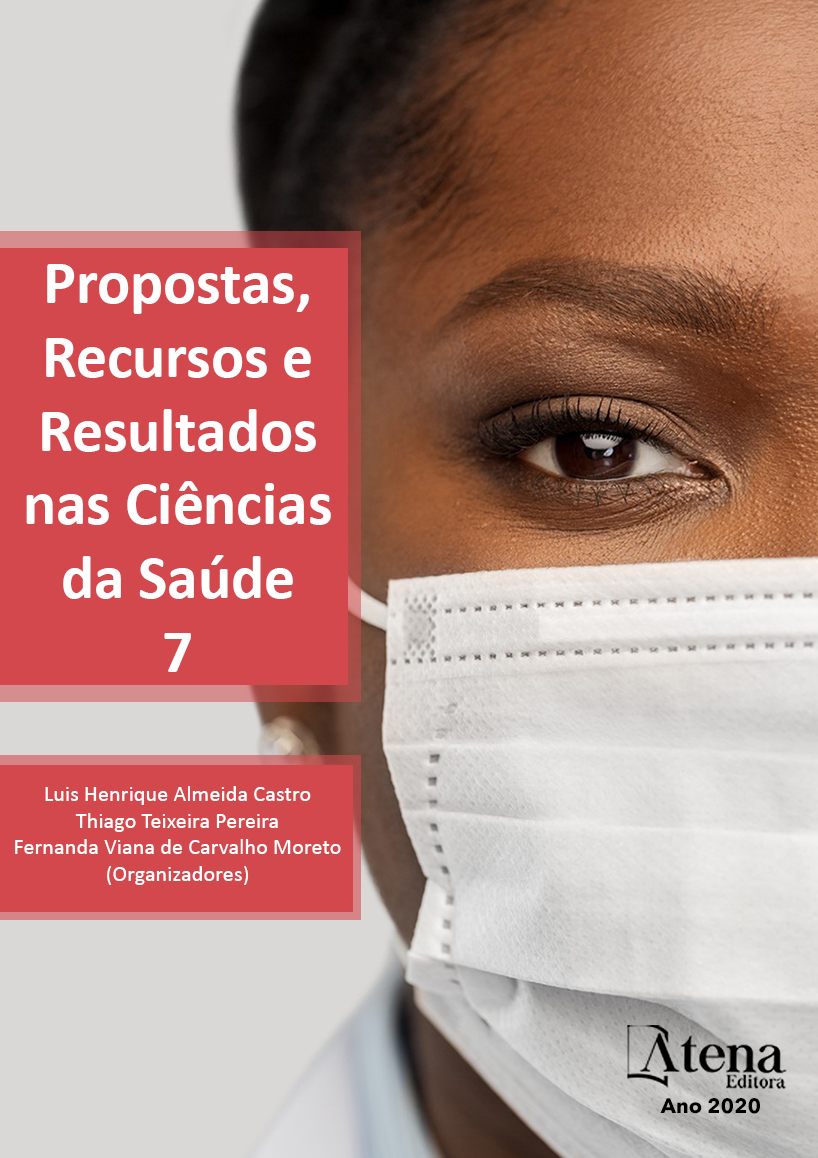
EVENTOS ADVERSOS RELACIONADOS À ASSISTÊNCIA À SAÚDE
Os eventos adversos (EAs) associados à assistência à saúde tem grande impacto para o Sistema Único de Saúde(SUS).Podem ocasionar lesões mensuráveis aos pacientes afetados, prolongamento do tempo de internação ou até mesmo o óbito do paciente. No Brasil, as discussões sobre EA iniciaram em 2002 com a criação da Rede Brasileira de Hospitais Sentinela pela Agência Nacional de Vigilância Sanitária (ANVISA), que tem intuito de notificar a ocorrência de EA e queixas técnicas. Com a publicação da portaria 529/2013 e a RDC n° 36, as notificações destes eventos relacionados à assistência passaram a ser obrigatóriasem todo o território nacional, porém a incidência desses eventos ainda é pouco investigada no Brasil.Objetivos: Descrever os Eventos Adversos relacionados à assistência conforme notificações em um Hospital Universitário. Métodos: Estudo quantitativo, observacional. Realizado levantamento e investigação das notificações de EAs de janeiro a setembro de 2017 em um hospital público da cidade Belém-PA, com subsequente registro no Sistema de Notificações da Agência Nacional de Vigilância Sanitária – ANVISA (NOTIVISA). Resultados e Discussão:48 notificações foram investigadas, sendo classificadas como “lesão por pressão” (29%), “quedas” (21%), “flebites” (21%), “falhas na assistência” (15%), “outros” (12%) e falha na administração de dieta (2%). Em relação ao grau do dano, a maioria dos eventos apresentou “grau leve” (46%) ou “grau moderado” (27%), nenhum tipo de dano (19%), “dano grave” (8%). Conclusão: As notificações de EAs são consideradas importantes indicadores de qualidade,para subsidiar tomadas de decisão, intervenções da gestão e orientar medidas que promovam a construção de um sistema mais seguro.
EVENTOS ADVERSOS RELACIONADOS À ASSISTÊNCIA À SAÚDE
-
DOI: 10.22533/at.ed.34320240618
-
Palavras-chave: Efeitos Adversos, Notificação, Segurança do Paciente.
-
Keywords: ADVERSE EVENTS RELATED TO HEALTH CARE
-
Abstract:
Adverse events (AEs) associated with health care have a major impact on the Brazil’s Health System (SUS). These can occur Measurable injuries for affected patients, prolonged hospital stay or even the patient's death. In Brazil, the discussions about AE started in 2002 with the creation of the Brazilian Network of Sentinel Hospitals by the National Health Surveillance Agency (ANVISA), which tries to notify the occurrence of AE and technical complaints. With the publication of ordinance 529/2013 and RDC n ° 36, the notifications related to assistance services are mandatory throughout the national territory, however the incidence of these events is few investigated in Brazil. Objectives: To describe the Adverse Events related to assistance according to notifications at the University Hospital. Methods: Quantitative, observational study. Survey and investigation of AE notifications from January to September 2017 in a public hospital in the city of Belém-PA, with subsequent registration in the Notification System of the National Health Surveillance Agency - ANVISA (NOTIVISA). Results and Discussion: 48 notifications were investigated, being classified as “pressure injury” (29%), “falls” (21%), “phlebitis” (21%), “care failures” (15%), “others ”(12%) and failure to diet choice (2%). Regarding the degree of damage, most events presented “mild degree” (46%) or “moderate degree” (27%), no type of damage (19%), “serious damage” (8%). Conclusion: EAs notifications are considered important quality indicators, to support decision making, management interventions and guide measures that promote the construction of a safer system.
-
Número de páginas: 13
- Claudia Ozela El-Husny
- Larissa de Lima Pinho
- Nathalia Souza Marques
- Danielle Saraiva Tuma dos Reis
- Clarice Geórgia Monteiro Dias e Silva
- Mayara Del Aguilal Pacheco


